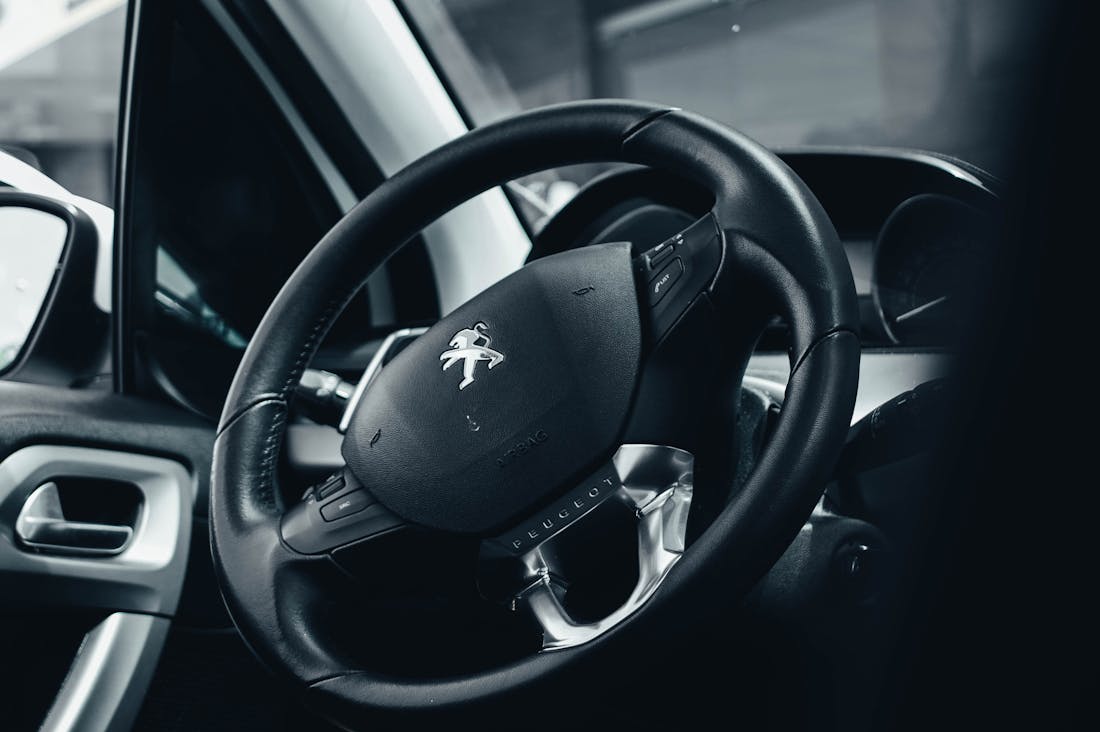Welcome to "The Modern Auto Experience: Exploring Cutting-Edge Technologies and Their Impact on Driving." In an era where innovation is reshaping our daily lives, the automotive industry stands at the forefront of technological transformation. From autonomous vehicles to advanced connectivity features, we will delve into how these advancements enhance safety, efficiency, and enjoyment in driving, ultimately redefining our relationship with the automobile. Join us as we navigate through the exciting landscape of modern automotive technologies that promise to revolutionize the way we travel and interact with our vehicles.

Innovative Features in Modern Vehicles
Modern vehicles are increasingly equipped with innovative features that enhance safety, convenience, and overall driving experience. Advanced driver-assistance systems (ADAS) utilize sensors and cameras to provide functionalities like adaptive cruise control, lane departure warning, and automatic emergency braking, significantly reducing the likelihood of accidents. Infotainment systems now integrate seamlessly with smartphones, offering features such as voice recognition, navigation, and access to streaming services, transforming the vehicle into a mobile hub of connectivity. Electric and hybrid models incorporate regenerative braking and dynamic driving modes, optimizing energy efficiency. Furthermore, many vehicles boast advanced climate control systems and customizable ambient lighting, making every journey more comfortable and enjoyable.

The Role of Technology in Safety and Comfort
Technology plays a pivotal role in enhancing safety and comfort across various domains, significantly transforming how we experience our daily lives. In homes, smart devices like security cameras, smoke detectors, and smart locks utilize advanced algorithms and real-time monitoring to protect occupants, offering peace of mind. Similarly, in the automotive sector, advancements such as collision detection systems, adaptive cruise control, and lane-keeping assistance are designed to minimize accidents and improve driver comfort. Furthermore, wearable technology, including fitness trackers and health monitors, enables individuals to monitor their well-being proactively. By streamlining communication and increasing efficiency, technology fosters a safer, more comfortable environment, empowering individuals to focus on their pursuits without the constant worry of potential hazards.

Sustainability and the Future of Auto
Sustainability in the automotive industry is becoming increasingly vital as we confront the pressing challenges of climate change and resource depletion. The future of the auto sector hinges on a transformative shift towards eco-friendly technologies and practices. Electric vehicles (EVs) are at the forefront, promising to reduce greenhouse gas emissions and reliance on fossil fuels. However, sustainability extends beyond electrification; it includes the use of recycled materials, sustainable manufacturing processes, and circular economy principles that aim to minimize waste. Innovations such as hydrogen fuel cells and autonomous driving technology also play crucial roles. As consumers demand greener options, automakers must adapt to create vehicles that not only meet performance standards but also prioritize environmental stewardship, paving the way for a more sustainable future in transportation.
The Role of Connectivity in Modern Vehicles
Connectivity is a cornerstone of modern automotive technologies, significantly enhancing the driving experience. With the advent of 5G networks, vehicles can now communicate with each other and infrastructure, leading to improved traffic management and reduced congestion. This vehicle-to-everything (V2X) communication allows for real-time updates on road conditions, potential hazards, and traffic signals, thus enabling smarter navigation systems. Furthermore, over-the-air updates ensure that vehicles remain current with the latest software and features, enhancing performance and security. As automobiles become integral to the Internet of Things (IoT), drivers can expect a more connected and informed journey.
The Evolution of Autonomous Driving Technologies
Autonomous driving represents one of the most exciting frontiers in the automotive industry, promising to redefine personal mobility. With advancements in artificial intelligence and machine learning, self-driving cars are becoming increasingly capable of navigating complex environments. These vehicles rely on a combination of cameras, radar, and sensors to interpret their surroundings and make real-time decisions. While fully autonomous vehicles are still under development, many manufacturers are introducing semi-autonomous features that assist drivers, such as adaptive cruise control and automated lane changes. As technology progresses, the dream of a fully autonomous future could soon become a reality, enhancing safety and convenience on the roads.
Enhancing User Experience with Personalization
Personalization in automotive technology is transforming how drivers interact with their vehicles, making each journey more tailored to individual preferences. Modern infotainment systems leverage user data to suggest routes, music playlists, and even climate settings based on past behaviors. With biometric recognition technologies, vehicles can identify drivers and adjust settings automatically, creating a unique driving environment. Moreover, augmented reality displays can provide real-time information about surroundings, improving navigation and situational awareness. As automakers focus on creating more personalized experiences, they are not only enhancing user satisfaction but also fostering a deeper emotional connection between drivers and their vehicles.
The Impact of Shared Mobility on Vehicle Design
The rise of shared mobility services is influencing vehicle design and functionality in unprecedented ways. As consumers increasingly prefer car-sharing and ride-hailing options over personal vehicle ownership, automakers are adapting by developing vehicles specifically for shared use. These vehicles prioritize durability, ease of maintenance, and user-friendly interfaces to accommodate a variety of drivers. Features like modular interiors that can be reconfigured for different needs are becoming more common, as are advanced safety systems tailored for high-usage environments. This shift not only reflects changing consumer preferences but also addresses urban challenges like congestion and pollution, promoting a more sustainable approach to transportation.